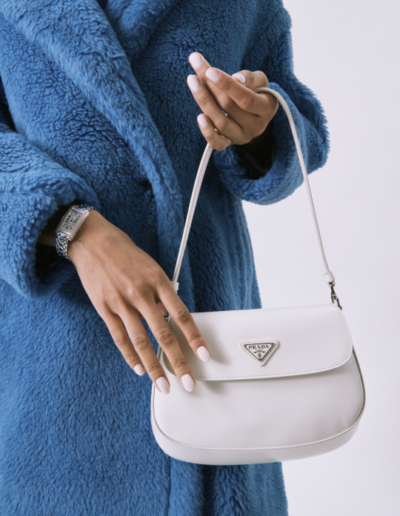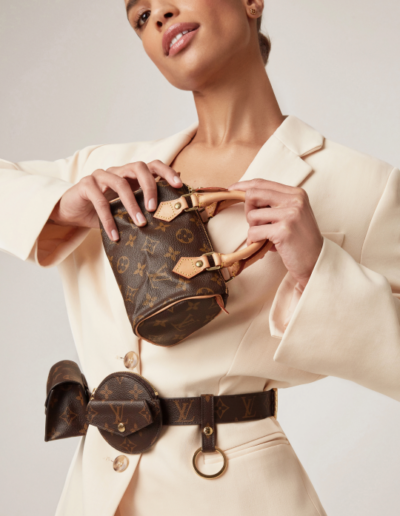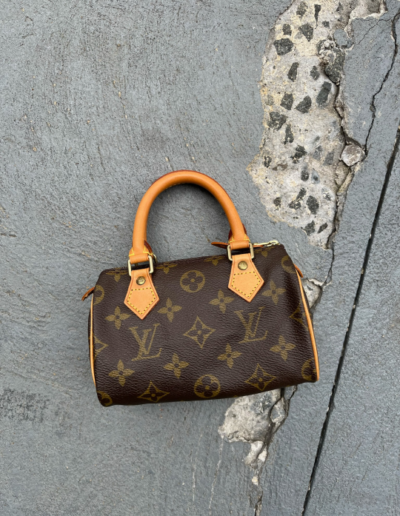DESIGNER 101
Logomania: Behind 4 of the Most Beloved Monogram Prints in Luxury
By AKS, Dec 30, 2020
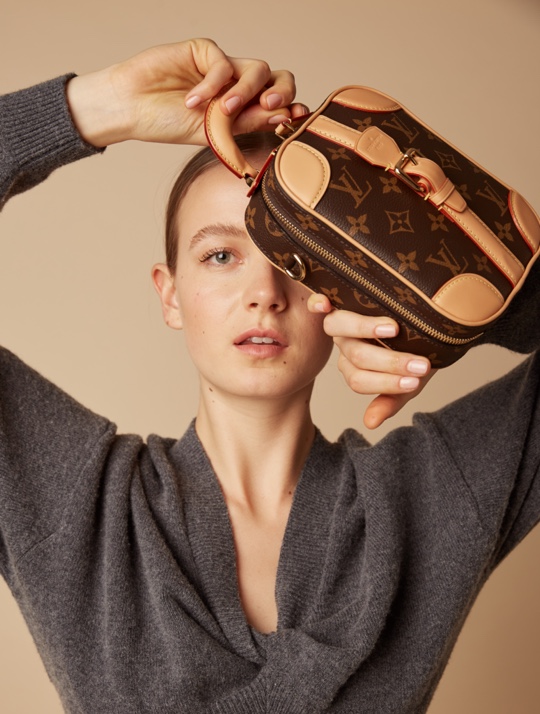
Logos are more powerful than they appear. In the luxury
world, designer logos can telegraph exclusivity, wealth, or simply “being in the know.” Luckily, these designer logos and monograms are more accessible than ever, thanks to the resale industry. Let’s look at some of the most recognizable logo prints from Fendi, Louis Vuitton, Gucci, and more.
Fendi Zucca
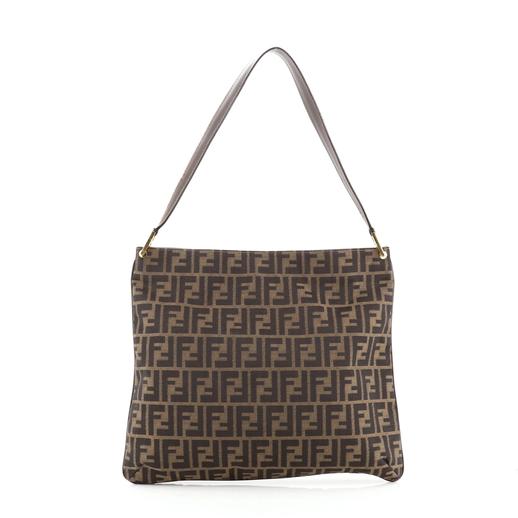
In 1965, Fendi was looking to revolutionize their family-run Italian luxury brand and update its image. Having worked in the family business since the mid-1940s, it was the five Fendi sisters who spotted a young, up-and-coming French designer – Karl Lagerfeld – and invited him to join their team as a freelancer – something unheard of at the time. Little did they know that this new designer would change the house of Fendi and thrust the brand into the spotlight.
Zucca & Inverted Zucca Fun Facts:
- Lagerfeld took 3 seconds to draw his fresh take on the Italian brand’s logo. This, along with his innovative designs, helped reinvigorate the brand forty years after the Fendi was founded
- In addition to the Zucca or inverted Zucca (the “double F” logotype), which is in Helvetica, the brand has a script logo in Helvetica Bold
- There is also a mini version of the inverted Zucca called “Zucchino”
- The Zucca pattern was initially used on a jacquard fabric to line the interior of travel trunks, and was rendered in classic colors such as tobacco and black
- The double or inverted F pattern is called “Zucca/Zucchino,” or “inverted Zucca/Zucchino” interchangeably – referring to the second F being inverted
- The Fendi Zucca logo has seen hundreds of variations, with the most recently updated 2018 version with a more squared-off shape
- The “FF” stands for “Fun Fur”
- During the 80s and 90s, the inverted Zucca could be found on everything, including garments, accessories, bags, shoes, and even home décor
Christian Dior Oblique
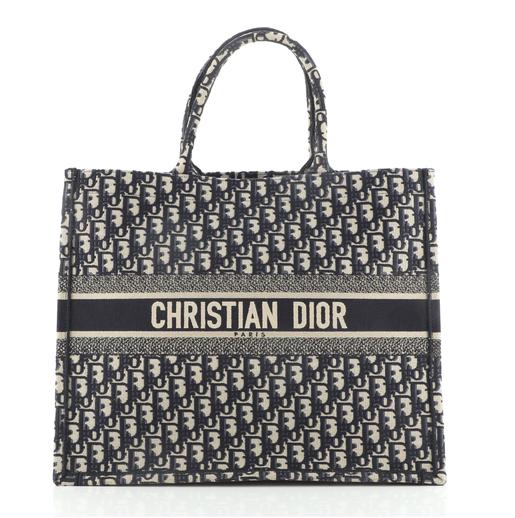
The Dior Oblique pattern is one of the French house’s signature patterns. It was designed in 1967 by Marc Bohan, the artistic director from 1961 to 1989, and was shown for the first time for the Spring/Summer Haute Couture 1969 collection. The name “Dior Oblique” comes from the Fall/Winter 1950-51 collection, designed by Christian Dior. The jacquard canvas was an immediate hit.
Christian Dior Oblique Fun Facts:
- The showing of the jacquard canvas in the 1969 collection was the first time the pattern appeared on a bag
- The Dior Oblique patterned canvas was used in 1971 on most of the house’s luggage collection
- The pattern was also used to cover the floor and steps of the Dior Monsieur boutique in September 1974
- In 2000, John Galliano, the creative director from 1996-2011, used the Oblique pattern in a new Saddle bag design that is still popular today; the iconic style was revived in 2019 and is still a highly desirable bag
- In 2018, Maria Grazia Chiuri brought back the immensely popular and iconic Saddle bag, in the Dior Oblique jacquard canvas – with a few tweaks – from the archives to honor the house’s legacy
- Maria Grazia Chiuri’s version of the Dior Oblique was slightly enlarged to give it a fresh look
- The iconic Oblique pattern is still made today in Flanders, Belgium
Louis Vuitton Monogram
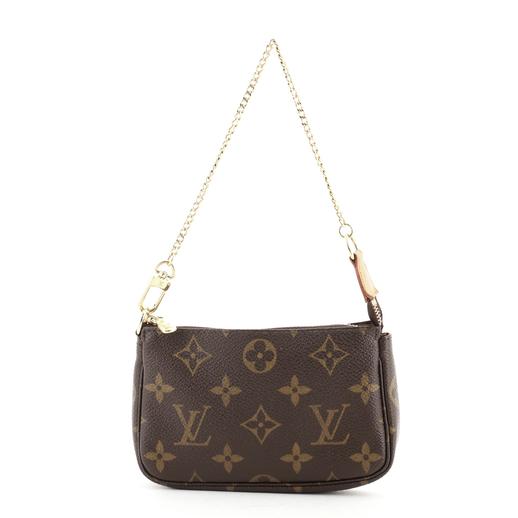
The ubiquitous Louis Vuitton logo featuring an interlocking L and V with surrounding quatrefoils and floral patterned first appeared on Louis Vuitton’s luggage. It was designed by Vuitton’s son, Georges Vuitton, in 1896 as a way to differentiate their luggage line and prevent copies, and it has been going strong ever since. The versatile monogram logo has been reinterpreted numerous times since its inception, and is firmly established as one of the most recognizable, iconic logos in the world today.
Louis Vuitton Monogram Fun Facts:
- In the 1950s and 60s, Louis Vuitton luggage was the staple for anyone living the jet-set lifestyle
- The Noe bucket bag made a cameo in 1972 on the TV show “Bewitched”
- The first time the logo was revamped was when Marc Jacobs, the artistic director at the time, convinced LV to let Stephen Sprouse update it by transforming it into a graffiti-inspired version, making them an instant pop culture hit
- Some of the updated LV monogram reinventions include Vernis (embossed patent leather), degraded fabric, denim, sequin embellishment, flocking on tulle/netting, reverse monogram, cherry blossoms as well as the multicolor monogram by Takashi Murakami and collaborations with Richard Prince – pretty much a reinterpretation of the iconic logo all the way up to the current updates by Virgil Alboh
- After his collaboration with LV, Murakami incorporated the logo into his Pop works
- For the 160th anniversary of the founding of the Louis Vuitton house, six designers from a few different artistic disciplines were tapped to create their own version of a bag using the LV monogram print – Karl Lagerfeld, Christian Louboutin, Rei Kawakubo, Cindy Sherman, Frank Gehry, and Marc Newsom; henceforth, the Iconoclast collection was born
- In 2017, the monogram print was used in collaboration with streetwear brand SUPREME, and is one of the most talked-about collabs in LV’s history
Gucci GG
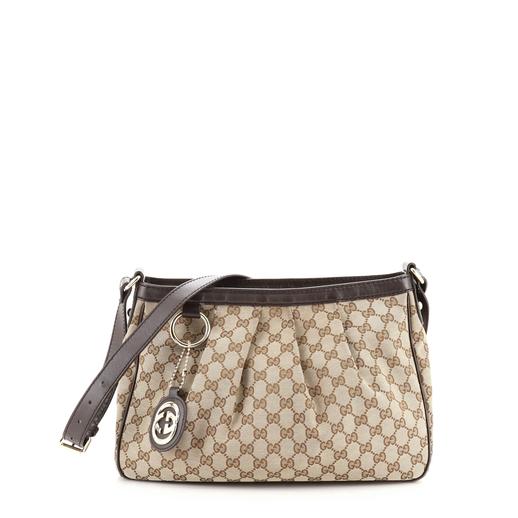
Gucci was late to the logo and monogram game, having only been established as a brand in 1921. The house debuted one in 1933, when one of Guccio Gucci’s sons designed the icon using his father’s initials. It is also said that the interlocked GGs are representative of the links of a bracelet. Throughout the years, the logo became one of the most recognizable logos in the world.
Gucci GG Fun Facts:
- Guccio Gucci started the brand in 1920, after working at hotels around Europe and being inspired by the high-end luggage that the guests had
- The first Gucci shop was in Florence, Italy where skilled artisans created the leather goods
- By the 50s, Gucci was well-established as a luxury brand
- Gucci almost lost their rights to their logo in the UK logo due to an issue within their intellectual property laws; their trademark for the logo ran out in 2012 and they were unable to renew it, leaving them without a trademark on their logo in the UK
Extra Fun Fact – Dapper Dan & Logos:
Any logomania article cannot conclude without mentioning the Harlem based “Dapper Dan” (Daniel Day) and his influence in the hip-hop world in the 80s and early 90s. His first piece was a jacket trimmed with fabric repurposed from a Gucci garment bag.
The jacket garnered lots of attention from the “hustlers” in his neighborhood, who were constantly trying to one-up each other with their “fly” outfits. Once everyone knew where to get such stylish apparel, Dapper Dan would have to go to the Gucci store and buy out all of their canvas garment bags in order to keep up with the demand! He realized that with all of the requests he was getting for logo-covered clothing, he knew he would not be able to constantly buy garment bags. He experimented with printing the logos himself, and after perfecting his methods, he started making his own versions of the logo-covered canvases of LV, MCM, Gucci and other brands.
In his words, he was not knocking these brands off, he was “knocking them up!”
After years of raids, cease and desist letters, and lawsuits that ended up forcing him to close his boutique, Dapper Dan’s started a men’s line with Gucci in 2018, bringing the whole story full circle.

